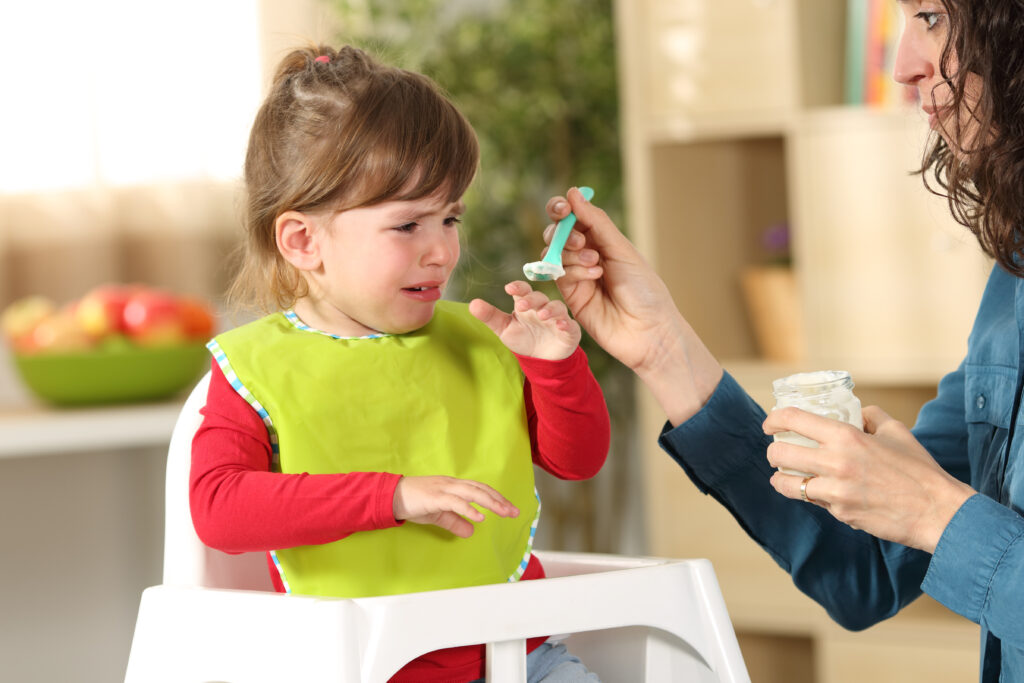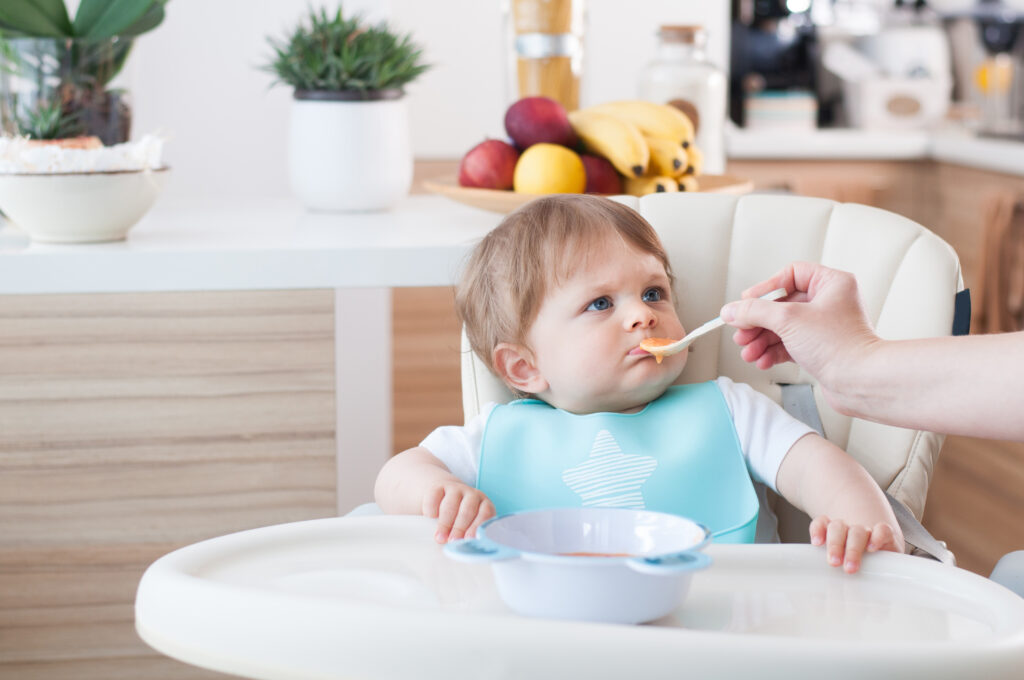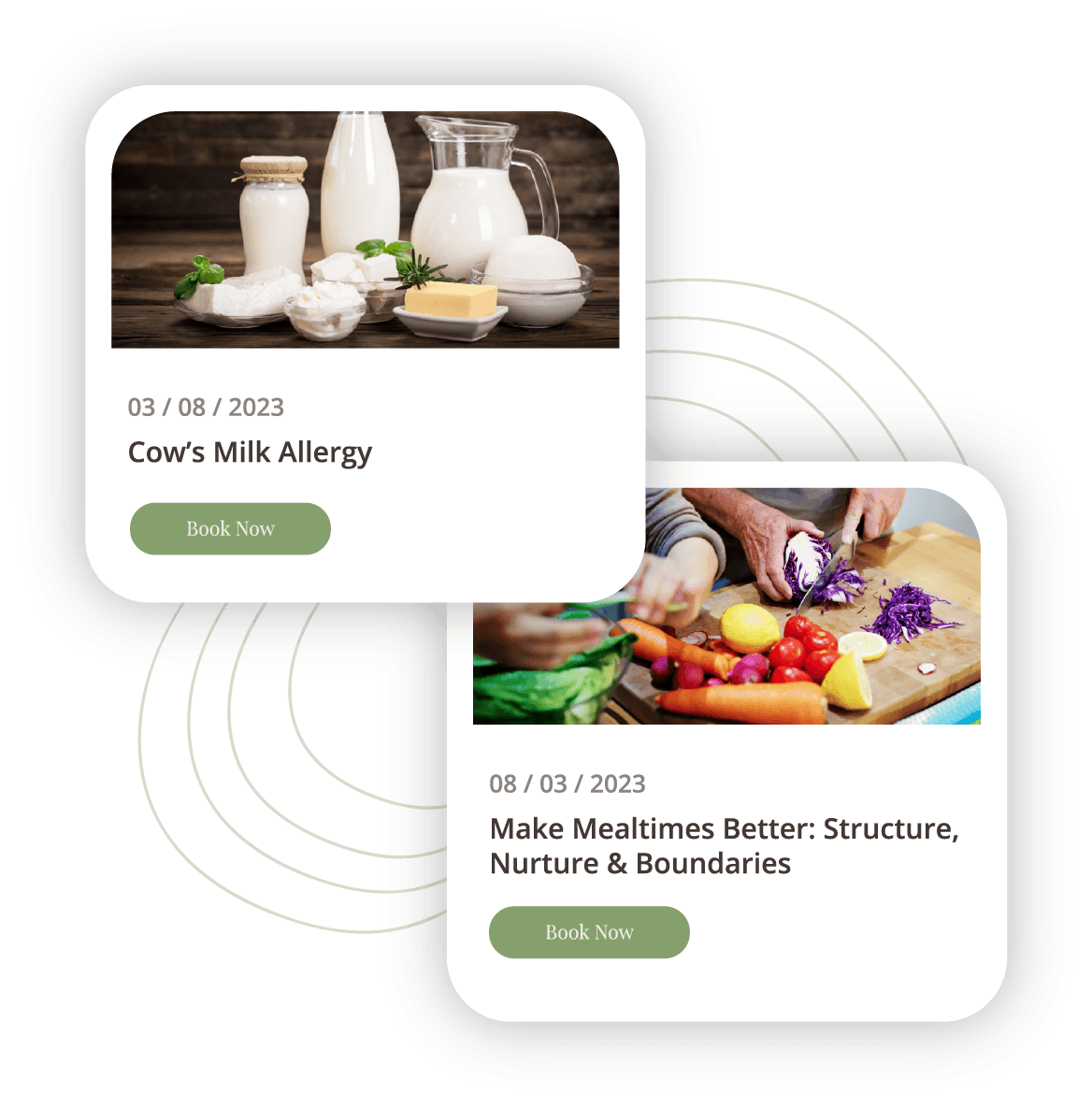Structure takes a close look at the range of ways in which nutritional needs can be met, depending on food beliefs, traditions and/or dietary limitations. Which foods provide sustained growth and energy and which key nutrients are needed at different stages of child development? Structure focuses on provision and balance of macronutrients from protein, carbohydrates and essential fats, including the vital contributions of fibre and fluid. Those needs will vary according to the activities of the body. Micronutrients such as calcium, iron, zinc, iodine, magnesium and a wide range of vitamins, are part of this story. How those nutrients interact with one another, and which nutrient partnerships maximise their efficiency or absorption in the body. Foods and nutrients play roles within the body and dietetics is the science of applying dietary change to help treat existing conditions. But also, what can arise when specific dietary nutrients are limited, and exploring how these needs can be met within limitations. The list is long of other key vitamins and micronutrients, and what jobs they do in the body. Carine provides an easeful way to understand meeting those needs and how to build a diverse diet, without having to digest a nutrition textbook!
Another aspect of structure looks at digestion, absorption, elimination and sensory processing. The health of the gut and the gut microbiota is a reflection of a child’s birthing and early feeding history, the exposure to antibiotics and experience of repeated illness; also to the older child’s established and habitual diet, the body’s rhythms, cycles and repeated challenges. Family history if also relevant, and any congenital or acquired condition. This structural information provides a unique story for each child, and is generally obtained during a first appointment, as the foundation of the nutritional assessment. For teens in particular, there is often further work to explore, as they work through the inevitable re-structuring towards making their own choices and taking greater ownership of their bodies.











